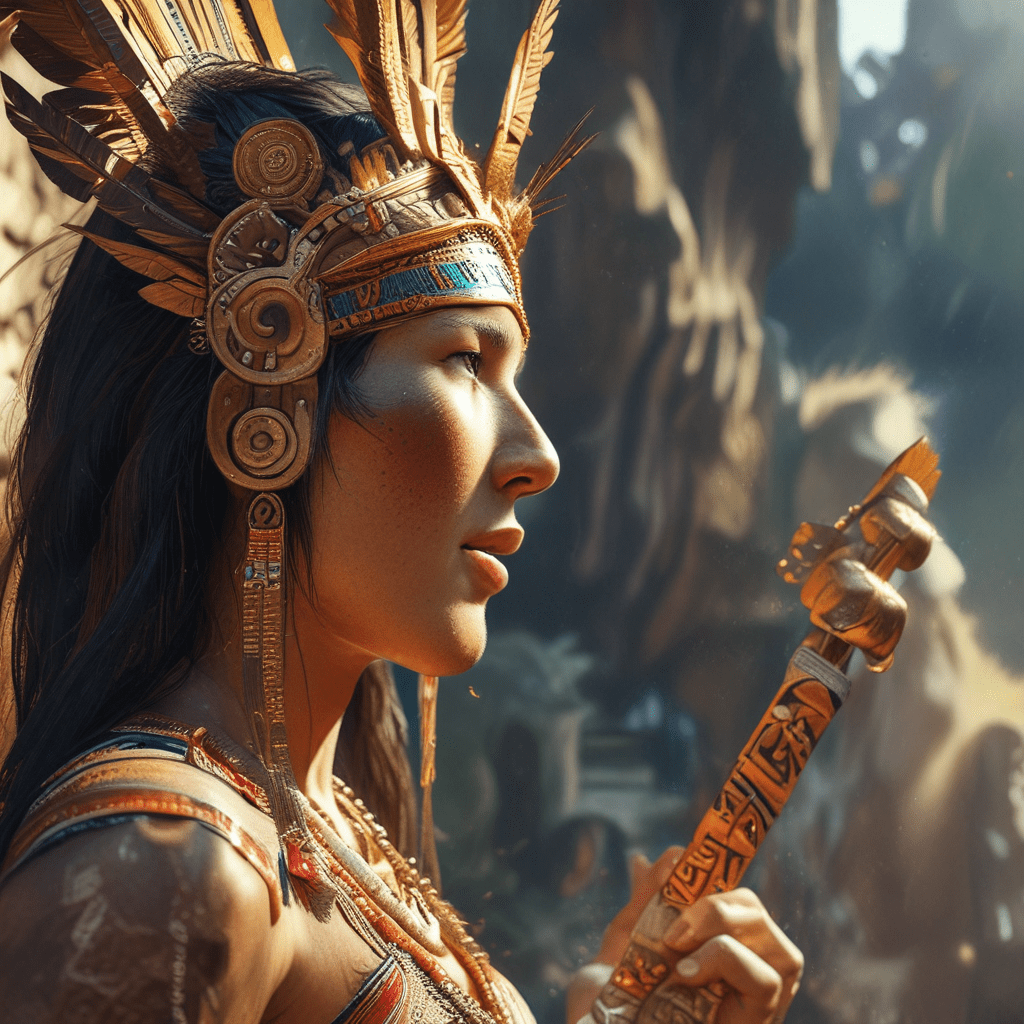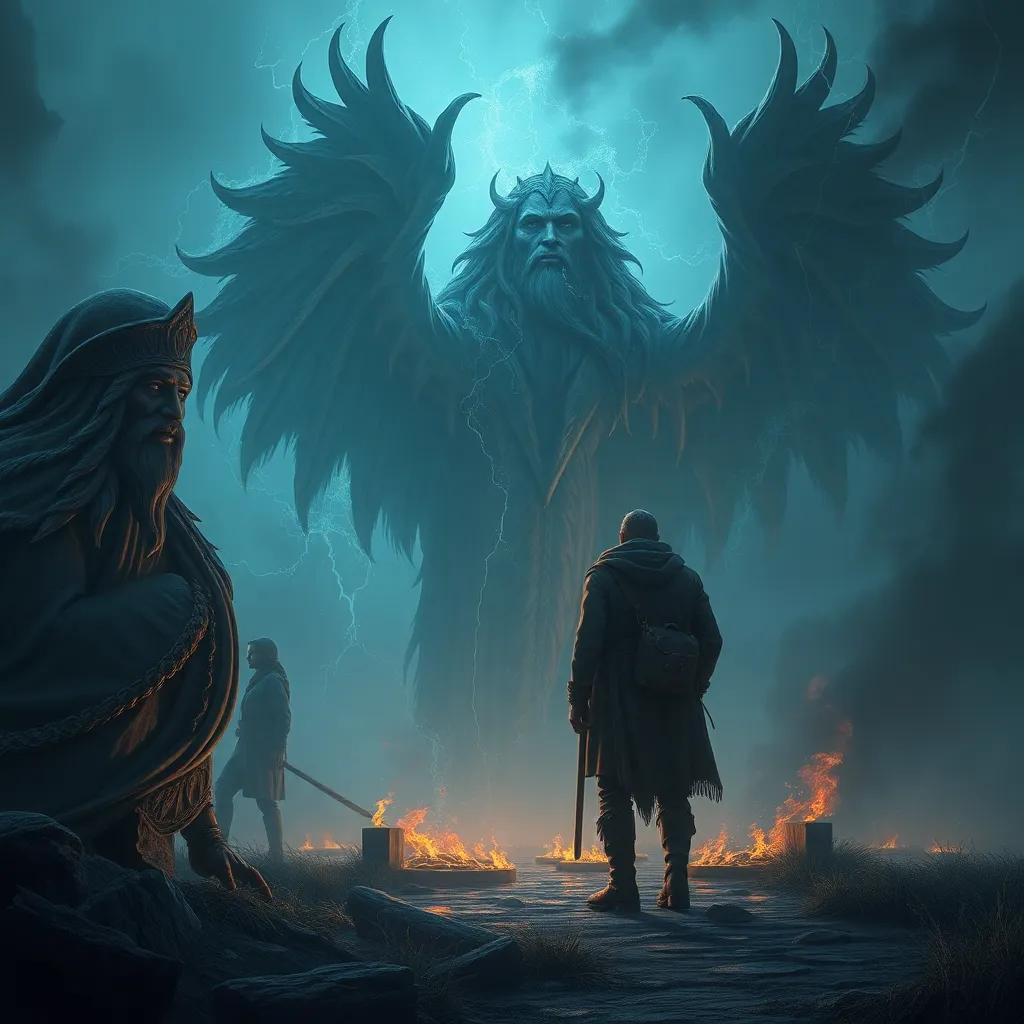Incan Mythical Music: Sounds of the Gods
Imagine a world filled with the melodies of the gods, where music wasn't just entertainment but a powerful force that could heal, predict the future, and even create the cosmos. This was the reality for the Inca civilization, a powerful empire that flourished in the Andes Mountains of South America from the 13th to the 16th centuries. The Inca deeply believed that music was a sacred gift from the gods, a way to connect with the divine and understand the mysteries of the universe.
The Importance of Music in Inca Civilization
For the Inca, music wasn't just a pleasant sound; it was a vital part of their daily lives, a language that spoke to their souls. Music permeated every aspect of their society, from religious ceremonies and royal court gatherings to everyday work and even personal expressions of joy and sorrow.
The Inca were highly skilled musicians, crafting instruments from diverse materials like wood, bone, leather, and even shells. They developed a rich and complex musical tradition, featuring intricate melodies, rhythms, and harmonies that reflected the natural world around them, the stories of their ancestors, and the powerful presence of their gods.
The Gods and Their Musical Instruments
Each Inca god had their own unique musical instrument, a reflection of their personality and power. The sun god Inti, the most revered deity, was associated with the quena, a flute made from reeds or bone. The wind god, Wiracocha, was linked to the pututu, a conch shell trumpet used for summoning and communication. The thunder god Illapa was associated with the tinya, a small hand drum used to imitate the sounds of thunder. These instruments were not just objects but sacred tools that allowed humans to connect with the gods and experience their divine presence.
The Myth of the Sun God Inti and the Creation of Music
One of the most popular Inca myths tells the story of how the sun god Inti created music. Legend says that Inti, seeing the world in darkness, decided to create the first musical instrument, the quena, from a reed. Inti then played a beautiful melody that filled the world with light and brought joy to all living beings. This story highlights the deep connection between music and the divine in Inca culture, emphasizing the belief that music was a vital force in the creation and sustenance of the world.
Music in Rituals and Ceremonies
Music played a central role in Inca rituals and ceremonies. Priests and shamans used music to communicate with the gods, seek guidance, and appease the forces of nature. During festivals honoring Inti, the sun god, musicians would play upbeat melodies on the quena to celebrate his life-giving power. Rituals for the harvest god, Mama Killa, would feature the tinya to imitate the rhythmic pounding of the earth. Music was used to create a sacred space, to evoke specific emotions, and to facilitate communication with the unseen world.
The Role of Music in Healing and Prophecy
In the Inca world, music wasn't just for entertainment; it held powerful healing and prophetic abilities. Shamans, the spiritual healers of the Inca, used music to diagnose illnesses, communicate with spirits, and guide the sick back to health. They believed that certain melodies and rhythms could resonate with the body's energy, harmonize its systems, and promote healing.
The Inca also believed that music could predict the future. Shamans used specific songs and instruments to access the spiritual realm and receive messages from the gods. They used these messages to interpret dreams, foretell events, and guide their people. Music thus played a crucial role in connecting the Inca to the unseen world, offering guidance and protection for their communities.
Lost Musical Traditions: Theories and Evidence
The arrival of the Spanish in the 16th century marked a tragic turning point in Inca musical history. The Spanish, driven by their own religious beliefs and a desire to impose their culture, actively suppressed Inca traditions, including their music.
Many Inca instruments were destroyed, and musicians were forbidden from practicing their art. This brutal suppression led to the loss of much of the Inca musical heritage, leaving behind only fragments of what once thrived.
Despite this loss, researchers continue to uncover evidence of the richness of Inca music. Archaeological excavations have unearthed flutes, drums, and other instruments, providing clues to their construction and musical styles. Chronicles written by Spanish priests and explorers offer glimpses into Inca musical practices and the role music played in their society.
The Influence of Incan Music on Modern South American Music
While much of the Inca's musical heritage was lost, its influence can still be felt in the music of modern South America. The quena, the pututu, and the tinya continue to be used in traditional music, and their melodies and rhythms echo in the sounds of Andean folk music, blending with modern instruments and influences.
The spirit of the Inca's musical tradition lives on in the vibrant musical landscape of South America, a testament to the enduring power of their music and its ability to transcend time and cultural boundaries.
The Search for the Sounds of the Gods: Modern Interpretations
In recent years, there has been a growing movement to revive and reinterpret the music of the Inca. Musicians and researchers are working to reconstruct ancient instruments, decipher ancient scores, and explore the melodies and rhythms of a lost musical tradition.
These efforts are not just about preserving history but also about understanding the power of music and its ability to connect us to our past, our present, and our spiritual selves. The search for the "sounds of the gods" is a journey of discovery, a quest to understand the profound relationship between music, culture, and spirituality.
Preserving the Legacy of Incan Musical Heritage
Preserving the legacy of Inca musical heritage is essential for understanding the rich cultural tapestry of South America. Efforts to document and protect existing music, promote research and education, and encourage modern interpretations help ensure that the sounds of the gods will continue to resonate for generations to come.
By embracing the power of music, we can connect with the past, learn from its wisdom, and inspire the future. The legacy of Inca music is a powerful reminder of the enduring human spirit, a testament to the power of creativity, and a call to cherish the vibrant tapestry of cultural heritage.
FAQ
What were some of the most important musical instruments in Inca culture?
The Inca used a variety of instruments, including the quena (flute), pututu (conch shell trumpet), tinya (hand drum), and others, each associated with a specific deity and possessing unique sounds and properties.
How did the Inca use music in their rituals and ceremonies?
Music was integral to Inca religious practices, used to connect with the gods, seek guidance, and honor their divine power. Specific songs and instruments were used for different deities and occasions.
Why is it important to preserve the legacy of Inca music?
Preserving this musical heritage allows us to understand the rich cultural tapestry of the Inca, appreciate the power of music in their society, and learn from their traditions.
What are some ways we can help preserve Inca music?
Supporting research and education, promoting modern interpretations, and encouraging the use of traditional instruments are all vital steps in preserving this valuable cultural heritage.


